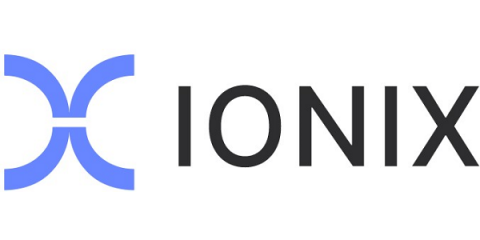Challenges and Mapping Techniques in Attack Surface Discovery
At a time when the cloud estate of organizations is expanding faster than ever, the attack surface is becoming harder to monitor. This blog post aims to demystify attack surface discovery. We’ll explore what it involves, why it’s important, and how it fits into securing your digital assets. By the end, you’ll understand why a nuanced approach to attack surface discovery isn’t just beneficial; it’s essential for staying a step ahead against today’s sophisticated threats.











